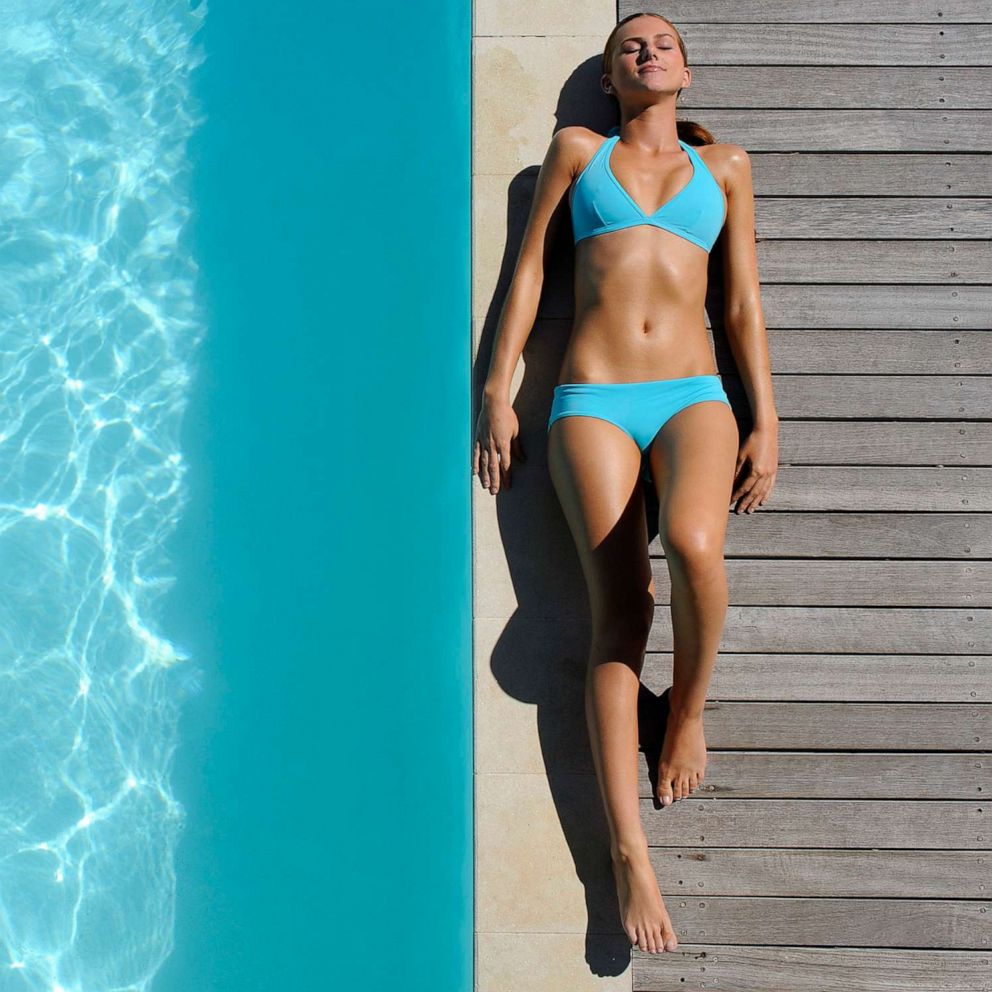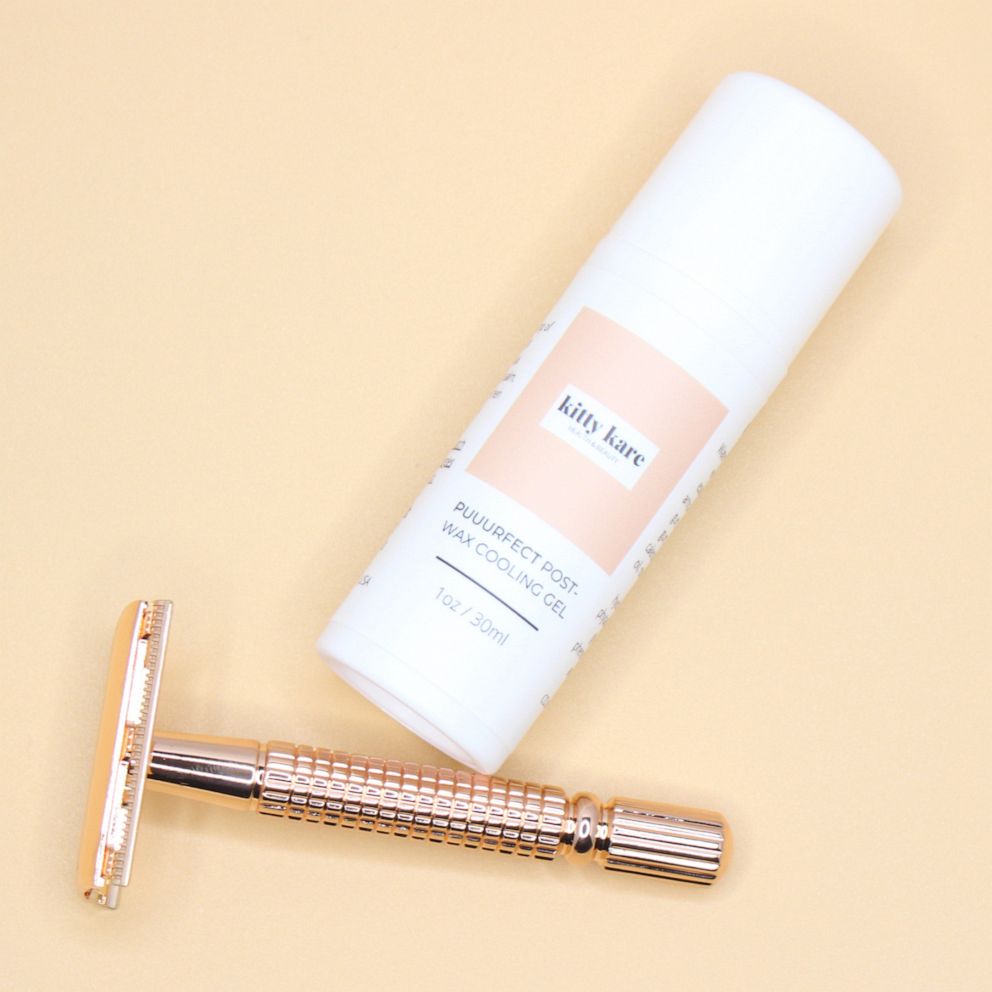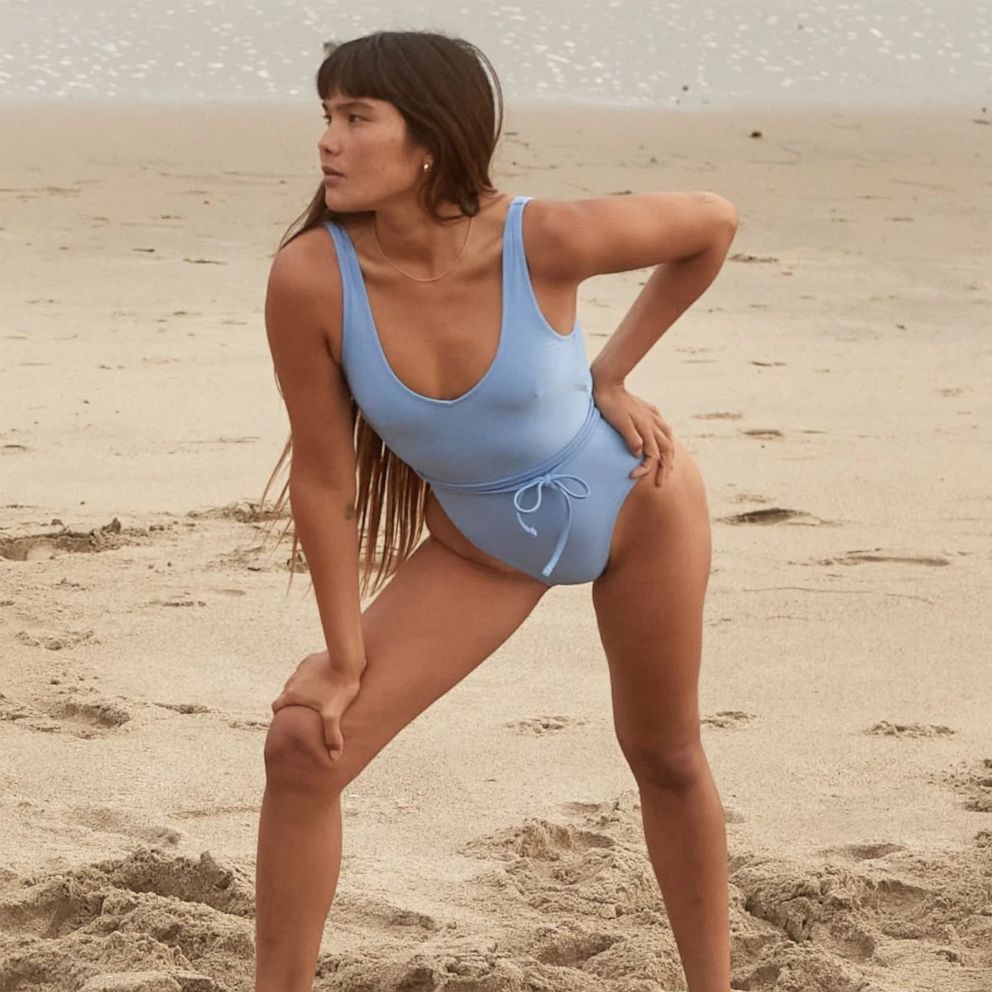Bikini hair removal guide: Experts break down shaving, lasers, wax, sugaring and more
Bikini season is in full effect, and for those looking to get rid of any unwanted hair down there, you've got options.
From shaving, lasering and waxing, to newly popular methods like sugaring, it can be a bit daunting to figure out what's best for you.
It's also important to point out that while there are many hair removal techniques to choose from, there are also pros and cons to consider for each.
"Good Morning America" tapped several experts to get the lowdown on some of the top pubic hair removal techniques, how to prepare, after-care and more.
How to prepare
When it comes to prepping before most hair removal methods, board-certified dermatologist Dr. Sherry L.H. Maragh noted the following:
- Make certain skin is healthy and clear of any open sores, scabs, or rashes.
- The skin should be freshly cleansed and free of all make-up, lotions, creams and self-tanning products.
- Avoid using harsh or abrasive scrubs or exfoliants 24 to 48 hours before treatment.
- Avoid using over-the-counter products that contain retinol or prescription medications that contain retinoids for three to five days before hair removal.
- If preparing for laser hair removal, you should stop using depilatory creams, plucking, shaving, waxing, sugaring or threading four weeks before your treatment. Hairs can be trimmed low with scissors or gently clipped with a razor 24 to 48 hours before treatment being mindful not to cause skin irritation.
Top bikini hair removal options
Shaving: This method involves using a razor blade to trim down pubic hair within the bikini region.
Experts agree that shaving continues to be one of the most convenient forms of hair removal, but it does come with some drawbacks. "Ingrowns and folliculitis are most common with shaving as the hair itself is just trimmed down to the epidermis," board-certified dermatologist and Flawless partner Dr. Rita V. Linkner told "GMA."
She added that "shaving consistently with the grain is the best shaving hygiene. And for touchups, I recommend using the new Flawless Bikini because it is gentle for all skin types and sensitive to all areas of the body.
Waxing: Waxing involves using a sticky soft or hard wax to adhere to the body hair, and pulling the hair out from the follicle.
"Waxing is a more permanent way of removing hair as compared to shaving, as the hair is forcefully removed from the root itself," Linkner said.
While the outcome may be different for everyone, Linkner also cautioned that waxing can cause skin reactions.
Laser hair removal: During this process, a trained professional uses a laser beam to vaporize hair. The American Academy of Dermatology says that this causes small plumes of smoke that have a sulfur-like smell, and can involve several sessions depending on your desired result, or if you'd prefer to remove hair permanently.
"Lasering is the most permanent means of removing hair," said Linkner. "If you are dark-toned and dark haired then going to a board-certified dermatologist for your hair removal is best, as the proper dose of energy needs to be delivered while maintaining the safety of the skin."
Sugaring: This organic alternative uses a sugar paste, usually made up of lemon, sugar and water, to remove hair by applying it against the grain and then pulling in the opposite direction with the grain.
"Pros to sugaring are that it's less painful than regular wax as it attaches to the hair versus the skin and it creates less skin irritation," esthetician and Beauty Magnet founder Liz Kennedy told "GMA."
Depending on your natural hair growth cycle, experts agree that results can vary for any of the aforementioned methods.
After-care tips and best practices
Kennedy said that it's best to keep the area free of tight clothing the day of and overnight, in order to reduce potential irritation.
"A few days after, I like to take a little bit of lactic acid to exfoliate the area, as it's the most gentle acid yet helps aid in skin softening and exfoliation," she added.
Kennedy's go-to product pick for exfoliating is República Sugar Body Polish because it "exfoliates while softening."
Maragh also shared several after-care tips to keep top of mind, including treating any inflamed skin with a mild-anti-inflammatory cream such as over-the-counter 1% hydrocortisone cream, with or without aloe.
She also recommended avoiding direct sun exposure to the bikini area where hair was removed or applying sunscreen with an SPF of 30 or higher to keep skin protected from irritation.
Additionally, Maragh said that depending on how much irritation your hair removal method has caused, you should avoid sweating and rigorous exercise for two to four hours.







